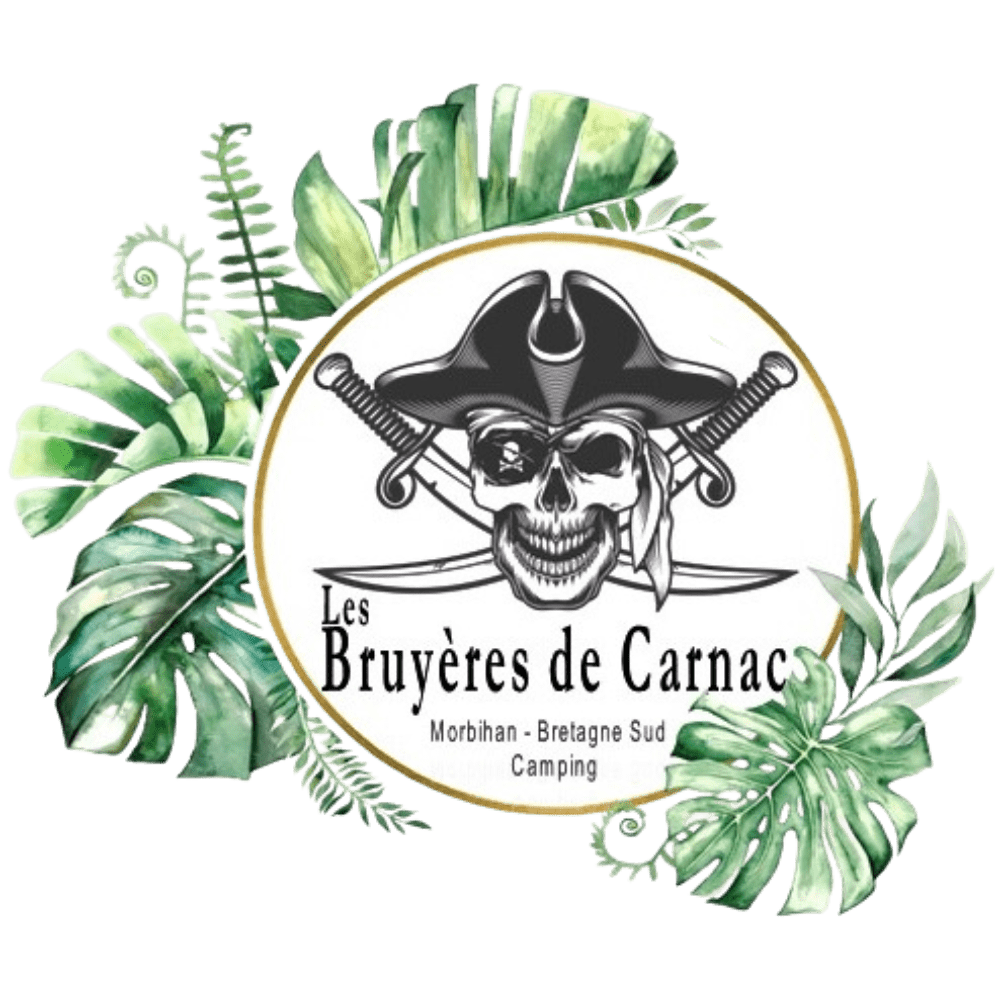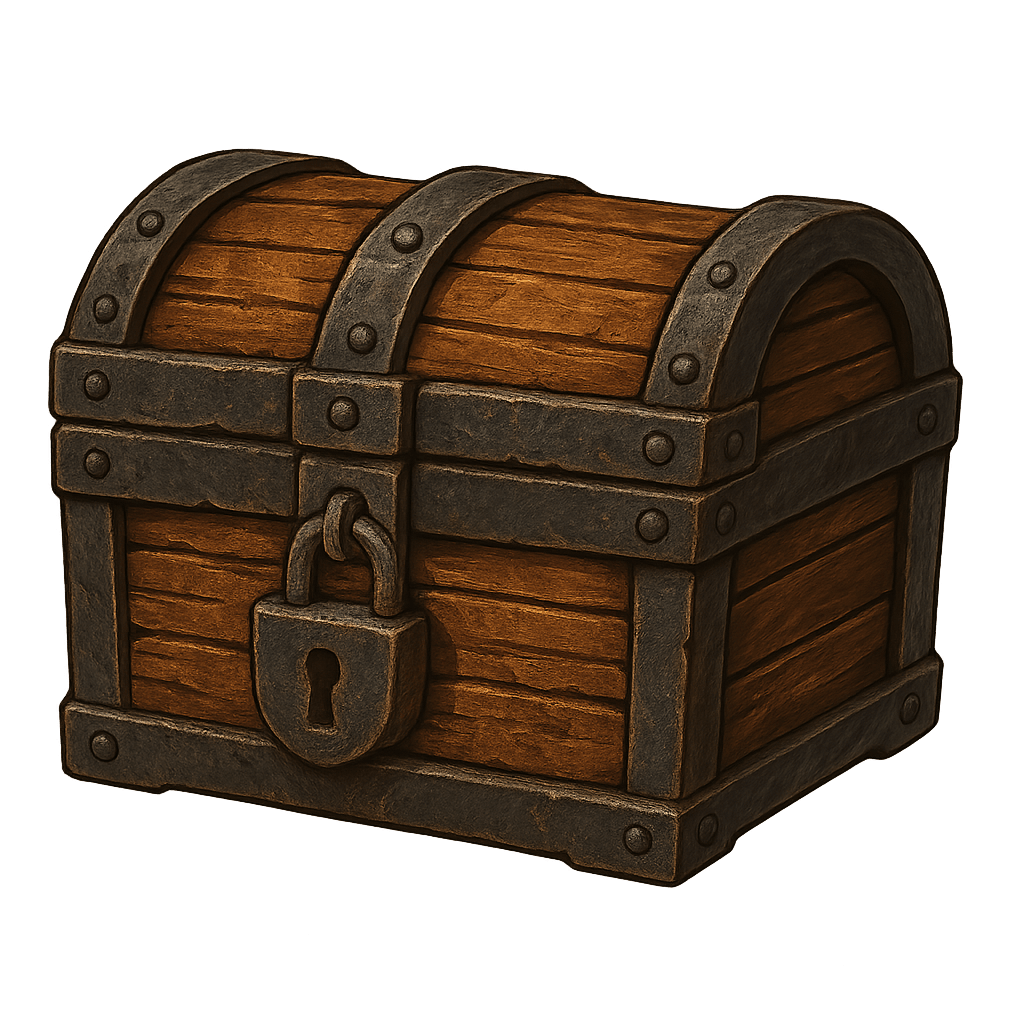Discover the historical heritage of Morbihan
Carnac and its history, an emblematic coastal town in Morbihan
Between the Gulf of Morbihan and the Quiberon peninsulaThe town of Carnac is magnificently located. A favourite coastal town with holidaymakers, it has long been one of the Morbihan's must-see places, and fascinates history buffs. Visit alignments of megaliths offer a surprisingly ancient character, contrasting with the many beaches on which to bask. They represent a powerful symbol in the history of Brittany, that of the Celtic culture shared with Ireland and Scotland. With a history stretching back thousands of years, Carnac will captivate you with its history and modernity during your stay by the sea.
Carnac, its prehistoric past and its alignments
Carnac is one of the main sites in Brittany where the first traces of human beings have been found. Historians agree that the first inhabitants of Carnac date back 450,000 years! So it's not all that surprising to find one of France's greatest historic sites (the megaliths) here, and one that still holds a great deal of mystery. Visit Carnac megalithic site is made up of 3000 menhirs in a row. This composition would indicate that the town had a mystical function. Indeed, in the Neolithic period, a line of menhirs symbolised a path to a sacred domain. The Carnac alignments are a great opportunity to plunge into the past and discover the Breton landscape. When you visit Morbihan, make the most of the Carnac Prehistory Museum to find out more about this ancient land.
Other megalithic sites in the Gulf of Morbihan
Even though Carnac menhirs represent the most important megalithic site in MorbihanYou'll also find many other astonishing sites in the Gulf. Near Carnac, you'll find the dolmen at l'ile aux Moinesof Plouharnel, from Erdeven or other alignments of menhirs at La Trinité sur Mer. More unusual still, visit the tumuli built over Celtic and Neolithic burial sites, such as Gavrinis cairn in Larmor Baden and the Petit Mont cairn in Arzon. Visit Locmariaquer megalithic site is also well worth a visit. It will show you the full range of Neolithic symbols: the menhirs (large upright stones cut vertically), dolmens (several large stones placed one on top of the other to form a kind of door) and cairns (a group of stones erected over a grave or to mark a spot).
Religious and historical heritage in Morbihan to visit
With a rich Christian heritage, Morbihan is home to many religious sitesThese include churches and chapels. These offer you the opportunity to visit the typical villages around Carnac. On the River Étel, the chapel on the island of Saint-Cado is ideally situated for a short but pleasant stroll. After a quick tour of the island, you can admire its striking blue-shuttered house and picturesque art gallery. The chapel of Saint-Colomban in the commune of Carnac, dating from the late 16th century, is open to the public in July and August. In a flamboyant Gothic style, it blends in well with the granite houses. And, in the centre of Carnac, you can also visit the church of Saint CornélyThe church is one of the most beautiful religious monuments in Morbihan. Renaissance in style, it stands out for its crown-shaped north porch and its vast rooms and decorated interior vaults. You'll be able to see many chapels and churches during your holiday in Morbihan, but that's not all! Our South Brittany region has other historic buildings that are a must-see:- from castles
- manor houses
- military remains
- headlights
Suscinio castle and the Vauban citadel







